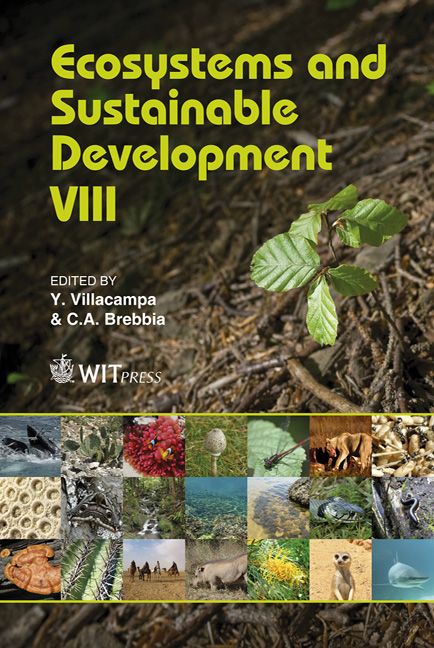Ecotoxicity Of Anionic Surfactants AKYPO®
Price
Free (open access)
Transaction
Volume
144
Pages
9
Page Range
497 - 505
Published
2011
Size
2,654 kb
Paper DOI
10.2495/ECO110431
Copyright
WIT Press
Author(s)
E. Jurado, M. Fernández-Serrano, J. Núñez-Olea, M. Lechuga & F. Ríos
Abstract
In this paper, the toxicity values of ether carboxylic derivatives surfactants with commercial name AKYPO®, and the anionic surfactant linear alkylbenzene sulfonate (LAS), have been determined by applying the 24-h immobilization test with Daphnia magna (freshwater crustacea), the LumiStox® 300 test which employs the luminescent bacterium Photobacterium phosphoreum of the strain Vibrio fischeri, and the 72-h algal growth-inhibition test with the microalgae Selenastrum capricornutum, using culture-growth inhibition as the effect criterion. Three AKYPO®, with different alkyl chain and degree of ethoxylation, and LAS have been tested. For all tests, the results indicated that Vibrio fischeri is more sensitive to toxic effects from AKYPO® and LAS than Daphnia magna or the microalgae. The results demonstrate that the toxicity is lower for the AKYPO® with the shortest alkyl chain. The anionic surfactant LAS presents intermediate toxicity values. Keywords: anionic surfactants, ecotoxicity, AKYPO®, Daphnia magna, microalgae, Vibrio fischeri. 1 Introduction The enormous worldwide use of surfactants in detergent and cosmetic formulations, which are generally dumped into water systems, requires them to be as inocuous as possible for the environment: low toxicity and easily biodegraded ones. The aspect of environmental impact of chemicals is mainly governed by their ecotoxicity which is relatively high in the case of surfactants because of their surface activity and the resulting action against biological membranes [1].
Keywords
anionic surfactants, ecotoxicity, AKYPO®, Daphnia magna, microalgae, Vibrio fischeri





